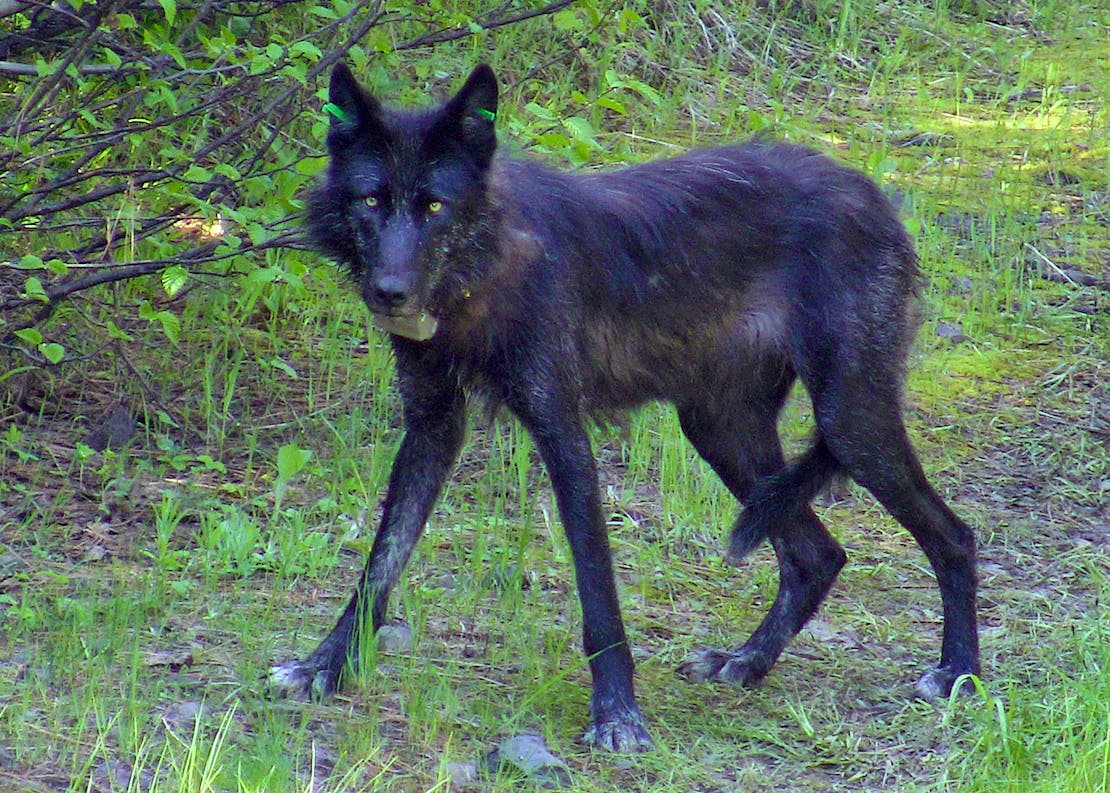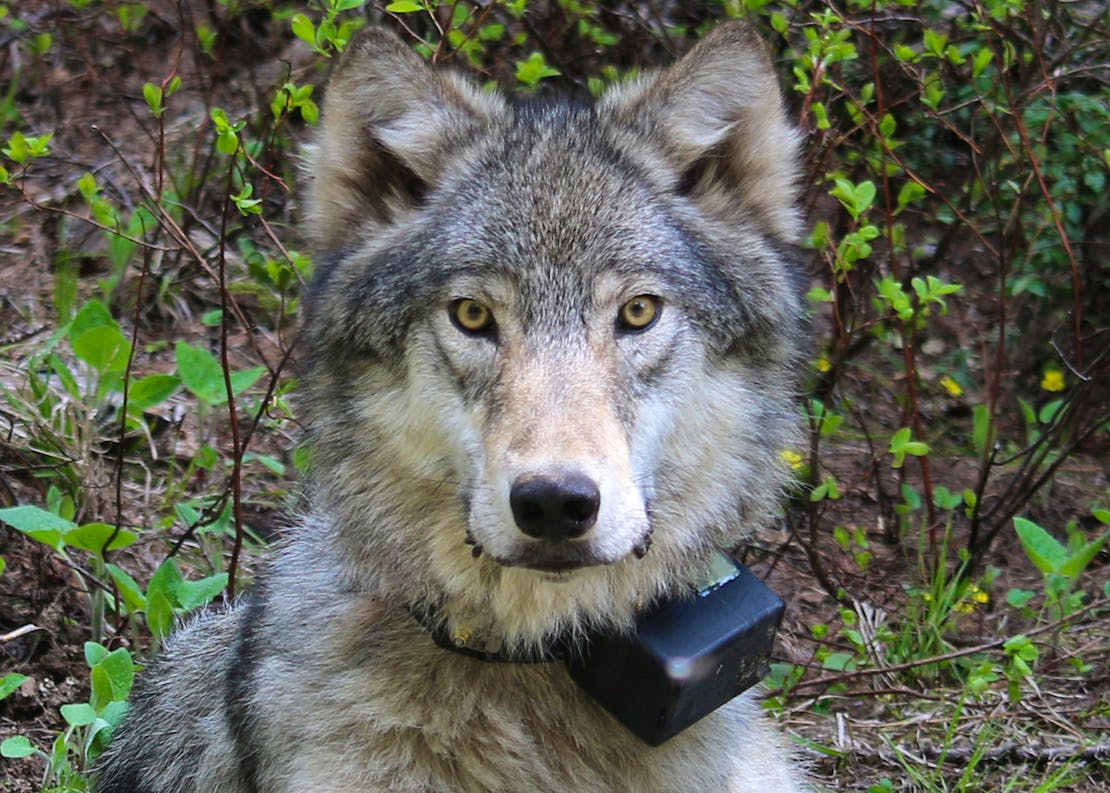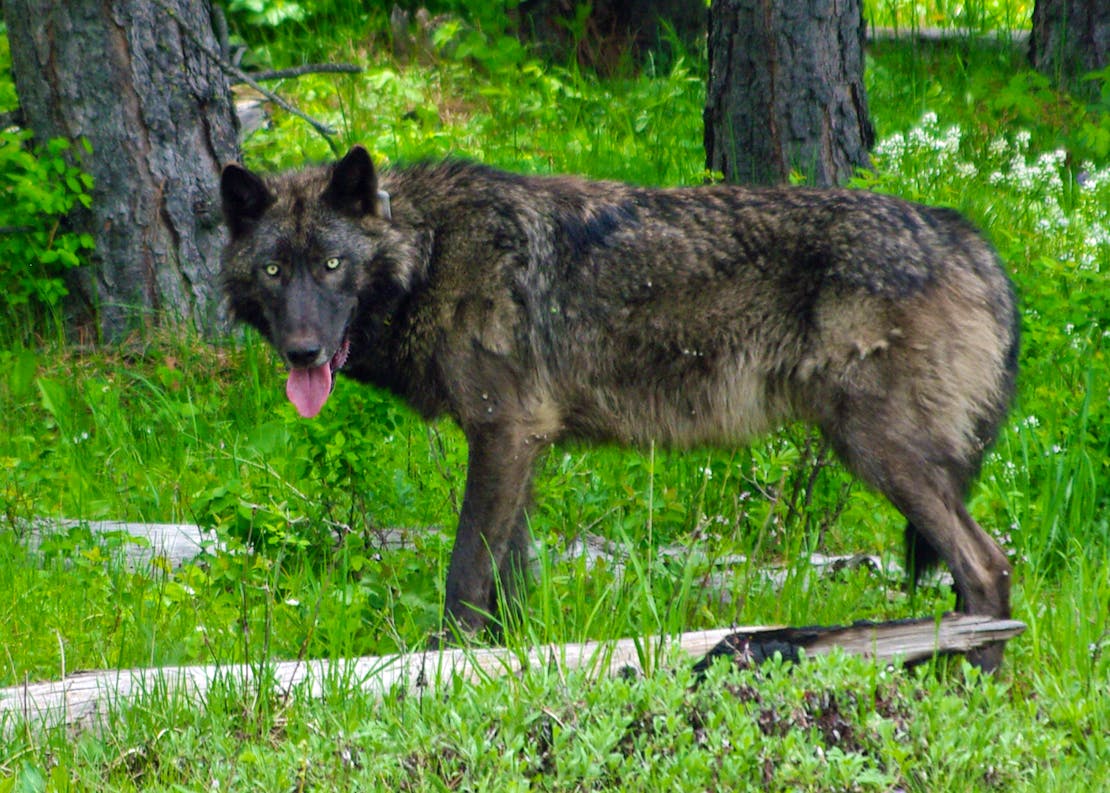Lessons Learned from the Oregon Wolf Conservation and Management Plan
The development and the adoption of the latest Oregon Wolf Conservation and Management Plan (Wolf Plan) is perhaps one of the best examples of when lack of leadership let science fail and politics take over the conservation of an imperiled species. After being overdue for over four years (the current revision was due in 2015), the Oregon Department of Fish and Wildlife (ODFW) put forward a very flawed Plan in front of the Oregon Fish and Wildlife Commission. The Commission, in turn, disregarded evidence-based science, and the voices of Oregonians who care about their wildlife, to go ahead and adopt the revised plan which essentially makes it easier to kill wolves in Oregon and use members of the public to do so.
Gray wolves are slowly making Oregon their home. With 137 documented wolves in the state in 2018, the population is on a modest upward trend. However, if this small but slowly increasing population is to continue to survive and thrive in the state, Oregon must make sure that necessary conservation measures are in place. That is largely the responsibility of Oregon Department of Fish and Wildlife and it fulfills this role by using the Oregon Wolf Conservation and Management Plan as their guiding document. The Plan is supposed to be revised every five years as an adaptive management approach that responds to changing conditions on the ground. However, the process of revising the Plan has been riddled with challenges and controversies from the very beginning. Stakeholder groups could not agree on some of the key issues in the Plan – what qualifies as “chronic” in case of conflict with livestock? When should ODFW make the decision on killing a wolf or multiple wolves in response to conflict with livestock? Who should be allowed to kill a wolf, once that call is made? What is the role of livestock producers in mitigating conflicts?
These were some of the big questions that needed answers. A facilitated process was put together in 2018 to help the different stakeholder groups come to an agreement but even that process, with its own flaws, failed. So, in the end, the revised version presented by ODFW to the Commission was a cumulation of some of the worst-case scenarios for wolves in Oregon. The proposed revision included a “chronic depredation” standard of 2 instances of depredation in 9 months; provisions that would allow members of the public to engaged in what is described as “controlled hunt” as well as “controlled take” (the difference between the two is that controlled hunt is a non-targeted permit that would allow killing of a set number of wolves while controlled take is targeted killing a specific wolf or wolves in response to depredation); provisions that allow killing of wolves in response to decline in ungulate populations (such as elk or mule deer).
None of these standards or provisions have been backed by scientific evidence proving their impact on decreasing depredation or in recovery of ungulate populations. Yet, none of it mattered on June 7th when the seven-member Commission, despite expert and public testimonies urging them otherwise, decided to adopt the revisions to the Plan by a 6-1 vote. We now have a Wolf Plan that has little to no focus on the conservation of the species. The long-drawn process and the ultimate outcome also highlights a bigger underlying issue with ODFW as well – throughout the entire process and in the content of the plan, ODFW’s approach was to find solutions to address conflict with livestock after conflict had already occurred and paid little emphasis on minimizing conflicts in the first place. Promoting non-lethal deterrence tools among livestock producers to avoid conflict and promote coexistence should be the priority of the agency that is responsible for protecting our wildlife, yet that was not reflected in the Plan. Use of non-lethal tools were a mere non-binding recommendation.
The adoption of the 2019 Wolf Plan is a big loss for the wolf but is also a big loss for all Oregonians. It is a loss for thousands of people here who care about wolves in Oregon and would love to see them thrive in one of their native habitats. It is also a loss for livestock producers who would like to protect their livestock by using non-lethal tools but simply don’t have the information or the tools. When it comes to the conservation of wildlife species, Oregon has often looked to their neighbors for better examples or models. Unfortunately, in the case of wolves, even our neighbors are not setting a good example. But this means that Oregon can be the model of good practice and pragmatic measures for the conservation of a keystone species. Sadly, our leaders and decision-makers chose the convenient route of bowing to industry and political pressure. This, however, does not mean that we give up and stop trying. Defenders will continue to work toward a model where non-lethal measures are prioritized over lethal ones, where minimizing conflicts trumps killing wolves as a “management tool” and where wolves can coexist with humans and livestock on a landscape that can be home to all.












Follow Defenders of Wildlife
facebook bluesky twitter instagram youtube tiktok threads linkedin